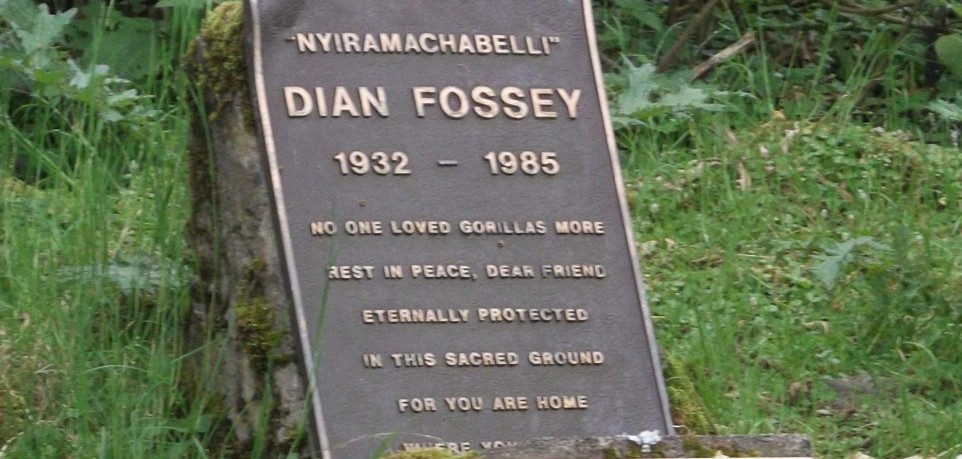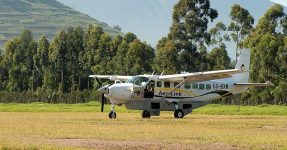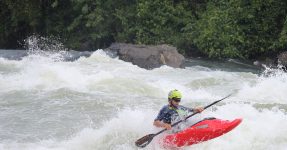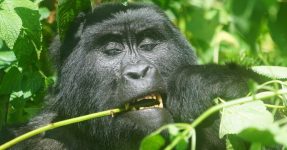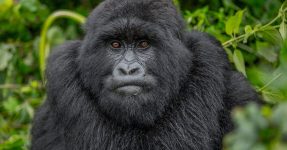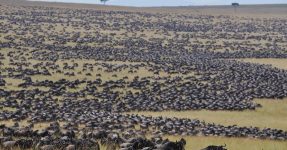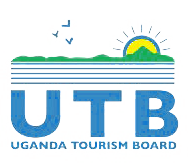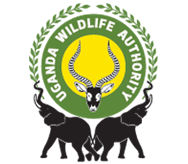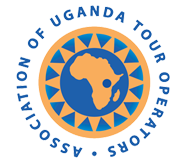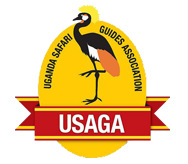Karisoke Research Centre in Rwanda
Karisoke Research Centre in Rwanda was founded in 1967 by Dian Fossey. She was an American primatologist who gave her significant adult life researching and finding ways of conserving mountain gorillas. Her efforts were based in the Virunga region and she founded the Karisoke Research Centre initially between the mountains Visoke and Karisimbi.
It’s from combining the short forms of both mountains that she attained the name “Karisoke.” The Centre’s activities are established in Volcanoes National Park and a lot has since been done as far as the conservation of mountain gorillas is concerned. Dian Fossey was murdered in 1987 but her legacy still lives on through the Karisoke Research Centre. Its activities are funded through the Dian Fossey Gorilla Fund which was set up to honor her legacy.
History of Karisoke Research Centre
The Rwanda genocide of 1994 was the greatest blow to the Karisoke Research Centre. A lot has changed in course of the time. During this period, most of the staff at the Centre sought refuge in as far as the Democratic Republic of Congo. Others lost their lives, homes, friends and relatives, and other significant property. Because of the resilience, some staff kept discreetly monitoring the mountain gorillas that were at the time equally affected by the regrettable incidents. Karisoke Research Centre was destroyed totally thrice, but had rebuilding done twice.
The disruptions in the center’s work later prompted the seeking of a new base at Ruhengeri (presently known as Musanze). Karisoke Research Centre kept on fulfilling its set objectives through collaboration with other concerned domestic stakeholders. Scientific research has kept steady and it has been a foundation since, in introduction new technologies used during mountain gorilla conservation.
Many mountain gorillas survived the tragic incidents although fears remained due to the abandoned snares left by poachers. The formerly destroyed property presently lies in ruins and are monumental reminder to the tourists about Dian Fossey and her passionate efforts in conserving mountain gorillas of the Virunga area.
The center’s role in maintaining gorilla conservation
The Centre has its headquarters in Musanze and it is supported by the Dian Fossey Gorilla Fund (a fund that was set up to ensure continuation of Dian Fossey’s gorilla conservation efforts). It is wonderful to state that due to the center’s activities; mountain gorillas have significantly increased in numbers compared to other primate species in Rwanda. Their activities are based in Volcanoes National Park where these mountain gorillas are found.
Karisoke Research Centre carries out daily supervision of mountain gorilla habitats, behavioral monitoring, community sensitization on environmental practices that favor the proper flourishing of the mountain gorillas, community support initiatives, and high level of research whose data attracts scientists of all kinds from all over the world.
Today, over 480 mountain gorillas thrive in Volcanoes National Park with a significant increase from the early 1990s due to the stable environment that has been established for the mountain gorillas to thrive.
How to visit the Karisoke Research Centre?
Karisoke Research Centre is situated in the Volcanoes National Park, located in the North-Western part of Rwanda. On the road, the park is about 2 hours drive from Kigali. There is also air transportation available by domestic flights from Kigali International Airport done by Akagera Aviation using a helicopter. From the park’s entrance, Karisoke Research Centre is about 20 minutes away from Volcanoes National Park.
When to visit Karisoke Research Centre?
Rwanda just like other tropical African countries has two types of seasons per year i.e. Rainy and wet seasons. Each season comes with its distinction so it’s important for visitors to look out for a suitable season. The dry season is recommended for visiting the Karisoke Research Centre. The region in which it’s located has potentially slippery roads during the rainy season and therefore it’s important for the tourist to evaluate their needs before embarking on traveling to the Centre.
The dry season brings with it an abundance of sunshine during the months of December-February, and June-September.



